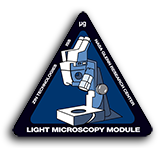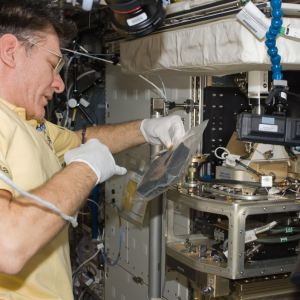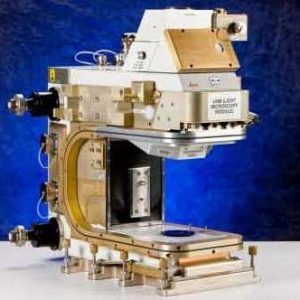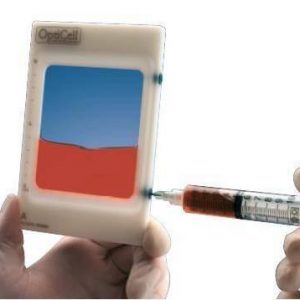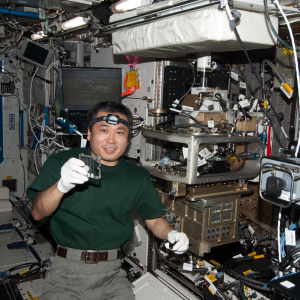
ACE
Advanced Colloids Experiments (ACE) To remove gravitational jamming and sedimentation so that it is possible to observe how order arises out of disorder and to learn to control this process. Small colloidal particles can be used to model atomic systems and to engineer new systems. Colloids are big enough (in comparison to atoms) to be … Read the rest ⇢

